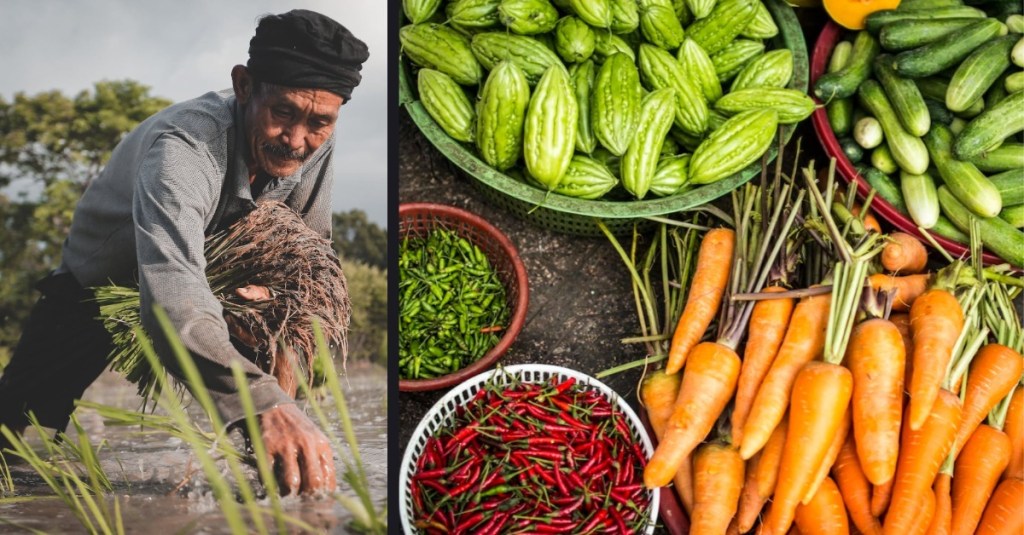Our entire food system is global. But what might surprise you about the global food system is where crops that are eaten in different regions of the world actually originate.
Most people don’t know that more than 69% of the crops that make up the foundation of national diets originally came from somewhere else: and that “somewhere else” is often a completely different part of the globe.
Photo Credit: Unsplash,Julian Hanslmaier
Not only that, but this globalized food chain has accelerated over the past 50 years when dietary dependence on foreign crops stood at 63%. Also, the crops that are grown in certain parts of the world are also originally from another area of the planet.
Many Americans might assume that our vast Midwestern prairie lands, abundant with farms and endless fields of wheat and corn crops, are the origin point for those products. But a groundbreaking study in 2016 shows that is not the case.
The wheat, barley, chickpeas, and almonds that are staples of the American diet actually originated in the Mediterranean and Asia. U.S. farms are known for growing wheat (originally from the Mediterranean), soybeans (East Asia), and maize (Mexico). One crop that was created in America but that is grown all over the world, from South America to China, is the sunflower.
Photo Credit: Pixabay
Other examples from around the world include essential ingredients that we associate with the daily diets of certain countries. The chilies in Thailand and tomatoes in Italy originated in South America.
The man responsible for this type of research was Russian plant explorer Nikolai Vavilov.
In the 1920s, Vavilov conducted research that proved crop plants had centers of origin, where they had been domesticated. Vavilov believed that the center of origin was proven by the diversity of a certain crop because farmers had experimented with different types for generations. Tragically, Valivov’s beliefs fell out of favor with Stalin, and he was arrested in 1940. He died of starvation in prison in 1943.
Despite his imprisonment and death, Nikolai Vavilov’s ideas lived on and continue to influence researchers today.
Photo Credit: Public Domain
The 2016 study mentioned earlier built on Vavilov’s groundbreaking research and updated it to the present day. For this study, researchers looked at the origins of 151 different crops in 23 geographical areas of the planet. The authors of the study also examined the diet and food production statistics in 177 different countries, amounting to 98.5% of the world’s population.
The next step was to look at farming in each country and to determine whether those crops were foreign in origin. It was then determined that 69% of farm production and food supplies around the world were indeed foreign.
Different parts of the world are variously affected by this reality. The places that are most dependent on foreign crops are parts of the world that are far from centers of biodiversity. These include North America, Australia, and northern Europe. West Africa and South Asia rely on foreign crops the least due to their biodiversity and their tendency to still eat their traditional foods.
Crops that are grown for oil and fats are the ones that changed the most. Countries like Malaysia and Indonesia grow oil palm from West Africa, and Brazil now grows soybeans from East Asia. The interdependency of the globalized food market means that humans must take the threats of climate change and the potential for new diseases and pests very seriously.
Photo Credit: Pixabay
There is actually an International Treaty on Plant Genetic Resources for Food and Agriculture that is meant to allow countries around the world to have access to different varieties of plants in order to develop new kinds that can withstand challenges in the future, but most countries, as of now, are not providing the promised access. Which, in the long run, might be damaging to all of us.
You can take a look at more interactive maps about where your food comes from HERE.
